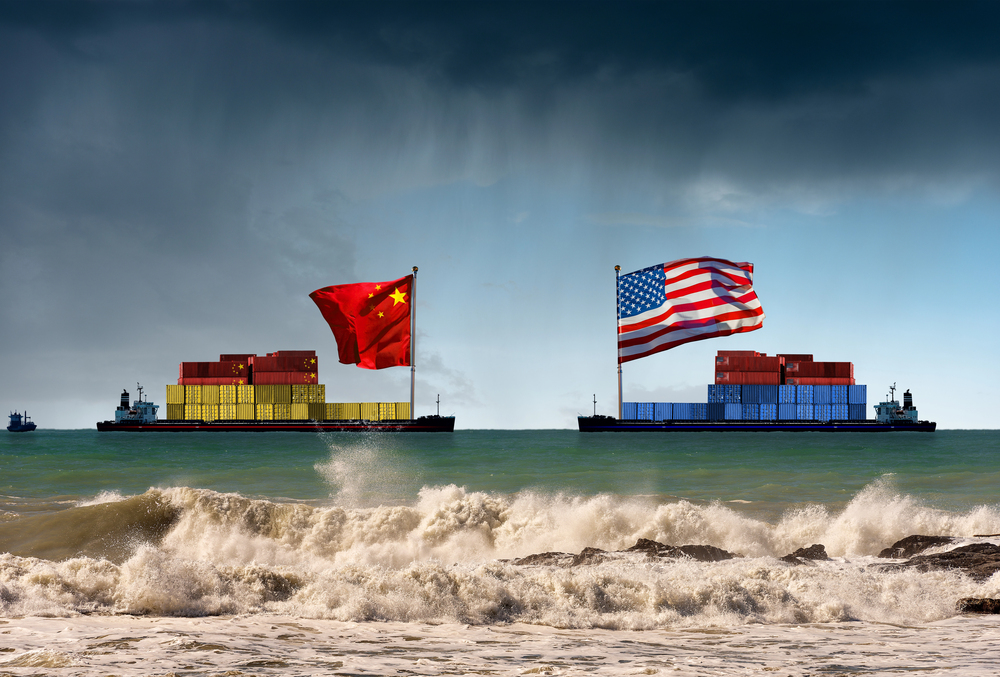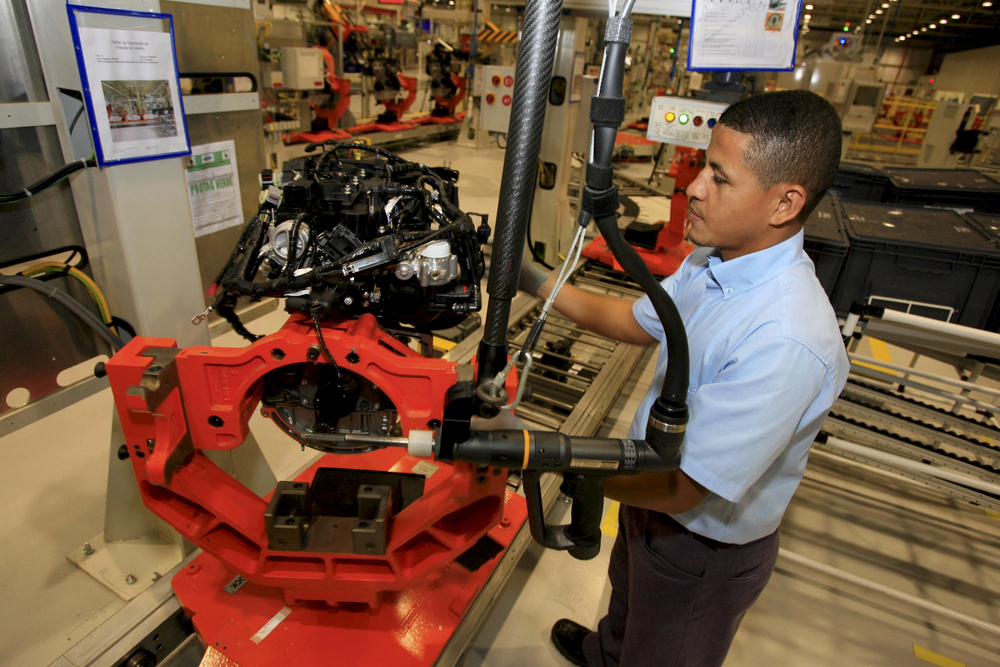
The shockwaves from Ford’s recent Chicago Assembly Plant closure have shaken far beyond the industry floor. In May 2025, Ford had to suspend production of its bestselling SUVs due to a critical shortage of rare earth minerals a decision that left 4,600 workers in the lurch and sent a grim signal throughout the automotive industry. This was no isolated disruption, but the latest in a chain of cascading supply chain disasters that have beat up the sector since the pandemic and shortages of semiconductors.

At the core of all this disruption is a volatile combination of geopolitics, trade policy, and material interdependence. When China banned the export of rare earths, producers everywhere rushed to adjust, draining into relief the weakness of global supply chains. The ensuing pages discuss the key lessons and pressing realities from Ford’s rare earth crisis, offering a guide for industry constituents, policymakers, and investors in this new world of uncertainty.

1. China’s Rare Earth Advantage: The Supply Chain’s Weakness
During April 2025, China, responsible for more than 90% of global output of rare earths, strictly regulated export licensing of these critical minerals. The effect was a ban on auto makers such as Ford and their vendors from procuring essential components of electric motors, power steering, and sophisticated vehicle electronics. In the words of BMI, “Global car production lines risk grinding to a halt and suffering delays as a result of a new licensing system by Mainland China that is slowing down rare earth exports and bringing significant magnet delivery delays.”
China’s leadership is not just in the production but in refining and magnet manufacture, holding up to 85% of the world’s refining capacity and nearly 90% of rare earth alloy and magnet production. Not more than 25% of applications have been approved under the new ordering procedure, prejudicing disproportionately U.S. commerce with slightly greater potential for European and Asian business. This chokehold is now a potent lever in today’s trade wars, and rare earths have become a strategic commodity and a weak link in the entire auto chain.

2. Trade Wars Fuel the Crisis
The rare earth shortage did not just happen. It came as directly a result of increasing trade tensions, i.e., the 25% tariffs America had placed upon foreign car parts and cars at the start of 2025. China then pulled its troops back and cut down seven major rare earth items for exports, raising the fight and making supply chains a new war front.
As quoted by Everstream Analytics, “This is a throwback to the early stages of the global semiconductor shortage that first began to affect automotive supply chains in late 2020 before radiating to most other manufacturing sectors that depend on the key components.” The secondary effects have not only stopped production in the United States but also resulted in factory closures and layoffs in Europe and Asia, highlighting the global interconnectivity and vulnerability of the automobile sector.

3. The Human and Economic Costs of Shutting Down Plants
The shutdown of Ford’s Chicago Assembly Plant was not merely a supply chain error it was a shockwave to employees and local communities. About 4,600 workers were instantly furloughed, and an additional 243 layoffs at Ford’s nearby stamping facility. Congressman Frank Mrvan, during congressional hearings, cited that the plant shutdown was solely due to deficiencies in minerals utilized in essential vehicle braking products.
The disruption’s reach extended to suppliers and dealers, amplifying financial stress throughout the value chain. As one Ford assembly line worker put it, “One day we’re building cars, the next we’re wondering if we’ll have jobs next month.” The industry’s vulnerability to material shocks is not abstract; it is measured in livelihoods lost and communities destabilized.

4. European and Asian Automakers Feel the Squeeze
The crisis has not exempted global competitors. German magnet producer Magnosphere described the situation as “full panic,” saying that Volkswagen, Mercedes-Benz, and BMW production lines might eventually come to a standstill if standby supplies are not planned. European suppliers, to whom 98% of the rare earth magnets are imported from China, have already closed down part of their businesses.
Indian and Japanese car producers are also seeing their inventories dwindle, with output for some models suspended or re-routed to make room for high-margin vehicles. The desperate scramble of the industry to catch up has highlighted the lopsided contribution of rare earths to the tech in new cars and China’s global sweep of export restrictions.

5. The Bidding War for Rare Earth Supply
As a result, Ford and its competitors are keen to find substitute sources of rare earths. Vietnam, Indonesia, Japan, Australia, and US suppliers are being targeted, but experts point out that current inventories usually only meet 4–6 weeks’ worth of demand. Pressure to diversify is also increased by the production and separation technical and environmental difficulties of rare earths.
Ford is calling on the U.S. government to place a value on Midwest rare earth access manufacturing jobs, establishing direct relationships with suppliers to protect against future shortages. But switching to new suppliers doesn’t occur overnight, and the threat of repeated shortages still very much exists.

6. Innovation in Rare Earth-Free Technologies
With such restrictions in place, automobile manufacturers and engineers are increasing research aimed at eliminating or minimizing reliance on rare earth in electric motors. These include partnerships by General Motors, Stellantis, and Niron Magnetics in coming up with rare earth–free permanent magnets, as well as Tesla’s announcement of a future drive unit based on no rare earth elements.
Although replacement of rare earth magnets reduces motor performance, materials science and technology are filling the gap. BMW already produces electric motors without using rare earth, paving the way for others. The problem is striking a balance between performance, price, and supply security in a competitive environment.

7. Diplomatic Breakthroughs Offer Cautious Optimism
There was a new framework agreement at mid-June 2025 between Chinese and U.S. officials that offered some glimmer of hope. China would speed up rare earth export licenses if the U.S. would remove some of its countermeasures. Commerce Secretary Howard Lutnick said China had promised to “deliver rare earths,” and there were hopes for the restoration of normal supply flows in a gradual manner.
But even as the facts are sketchy, executives in the industry are wary of interpreting too much from diplomatic reprieves. The event has underscored the importance of long-term planning for the resilience of supply chains, and not rely solely on diplomatic reprieves.

Ford’s rare earth crisis isn’t a brief momentary glitch it’s an imperative for the automotive industry and its stakeholders. Where geopolitical risk meets material exposure and technological disruption lies a call to collective, urgent action. As producers, policymakers, and investors wrestle with these facts, 2025’s lessons will determine the world’s future of mobility and industrial resilience for decades to come.


